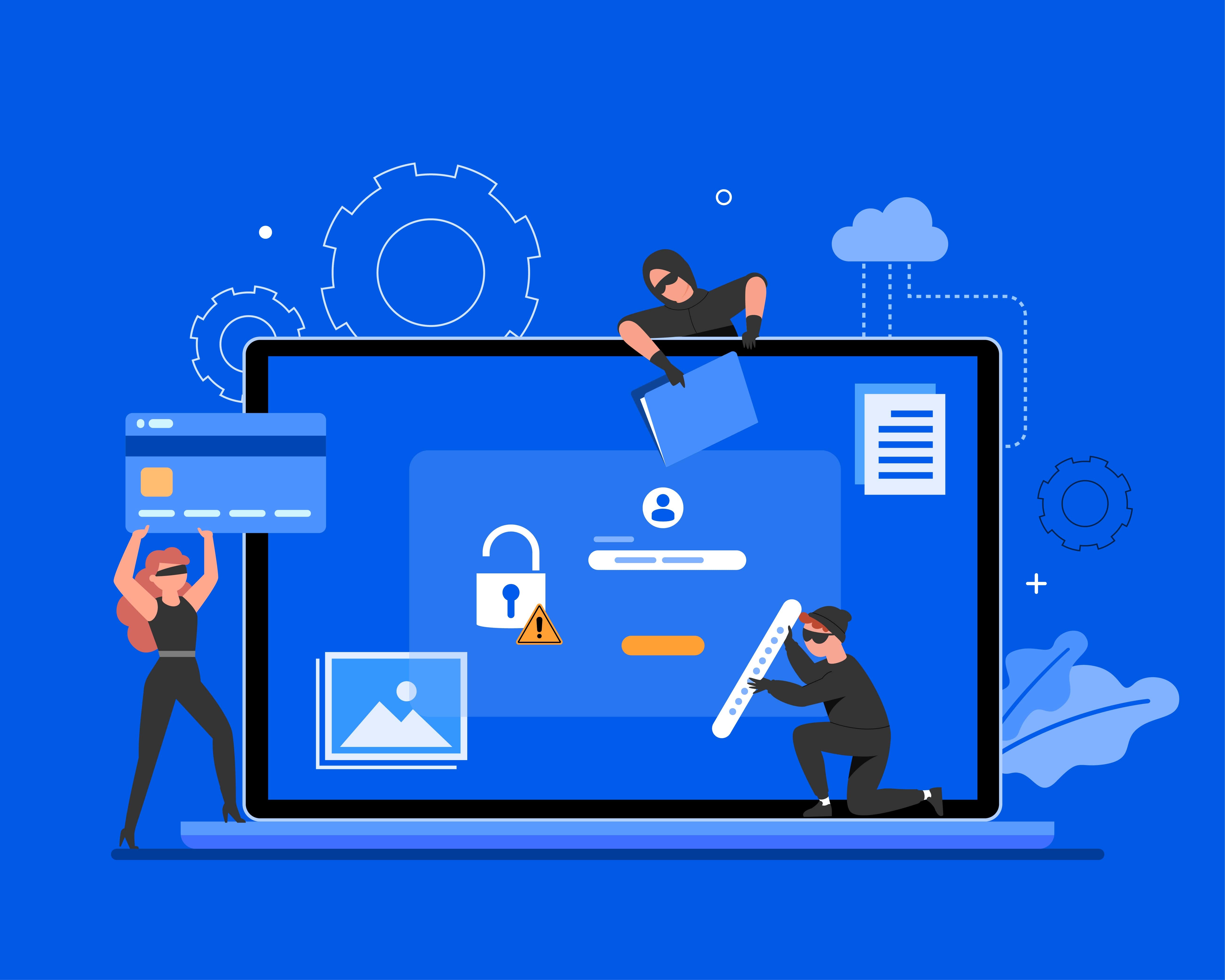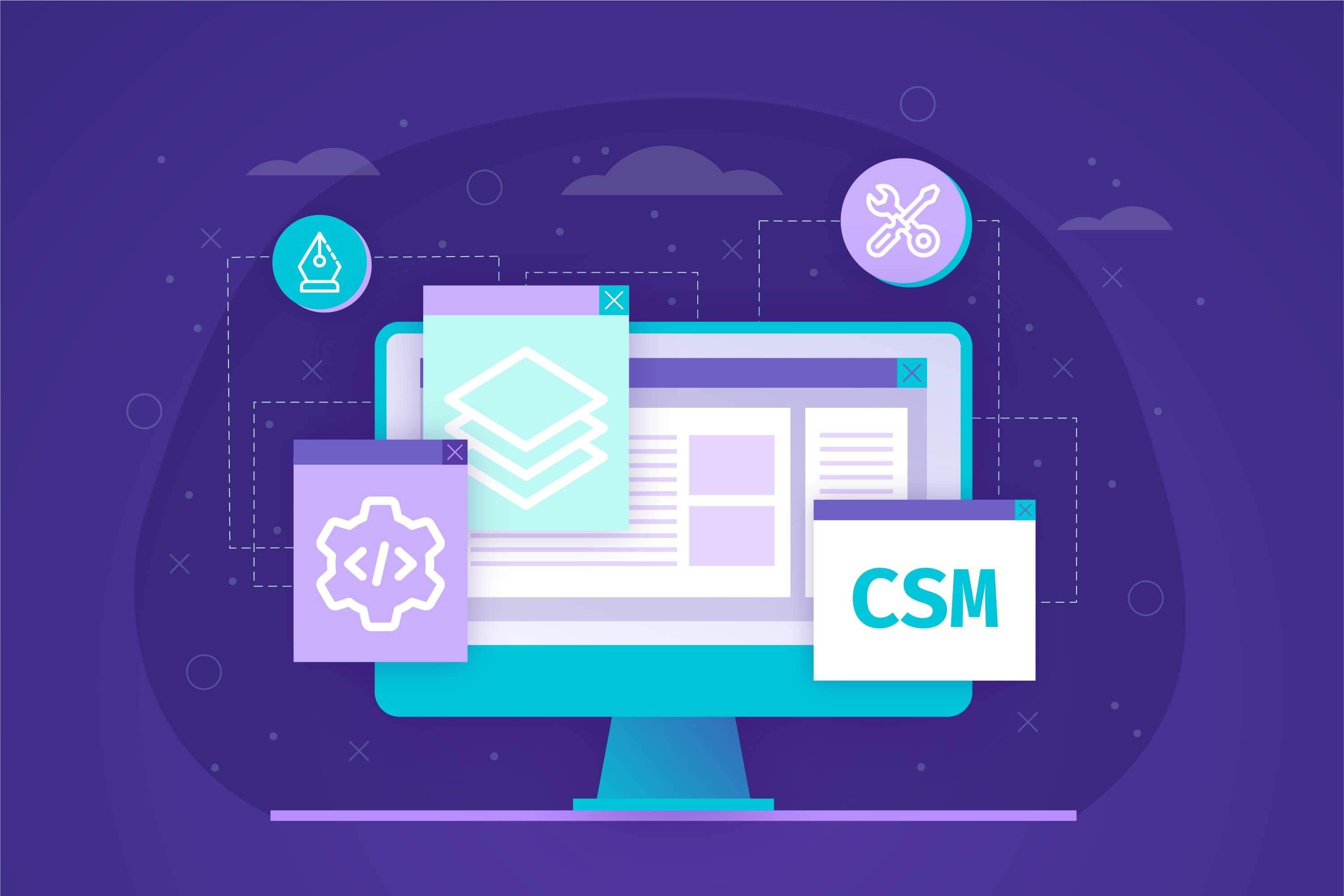
What Is Locky Ransomware? Don’t Let Your Files Become Victims
Kidnappers, anonymous notes, and high-speed chases may be the images that come to mind when you think about paying ransom. However, it’s not something that’s relegated to bank robberies on the big screen—technology users everywhere are at risk. If your system gets infected with Locky ransomware, you may have to pay ransom just to access files on your computer.
You’re probably wondering: what is Locky ransomware? Simply stated, it’s a serious cybersecurity threat that puts your most important files at risk. It’s a dangerous type of malware that encrypts your files and essentially turns them into prisoners. Once your files are encrypted, you won’t be able to access them—until you pay the amount demanded by the criminals who breached your data.
If you become the unfortunate victim of a Locky ransomware attack, you’ll quickly realize that being forced to pay for something that’s rightfully yours isn’t as thrilling as the big screen makes it appear. Hackers who launch a Locky ransomware attack are committing a serious crime, and the result is a huge threat to your security, financial stability, and privacy.
As scary as it may seem, it’s essential to arm yourself with information. So, how does Locky ransomware work?
What happens when a Locky ransomware attack strikes?
Locky ransomware attacks are sneaky, and often prey on vulnerable people by targeting their inboxes. The best way to prevent this from happening is to recognize signs that you’re being targeted. Take a look at the process below:
- Emails. The start of many peoples’ nightmare begins with a fraudulent email that’s designed to trick people into opening it. With subject lines that foster a sense of fear (such as “payment due” notices), these emails can fool almost anyone. It’s important to stay vigilant and avoid opening emails that aren’t from people or companies you trust.
- Attachments. When it comes to this particular cybersecurity threat, the most insidious weapons are attachments. Although Locky ransomware was once limited to wreaking havoc with Microsoft Word files, hackers have advanced their strategy to include other types of files like Excel—so you can never be too careful with what you open.
- Macros. Once a Locky ransomware attachment is opened, users are prompted to enable specific macros. However, these macros are actually the malicious keys to hacking your system. After they’re enabled, files are converted into a jumble of numbers and letters. Since the jumble can’t be read or interpreted, the files are essentially rendered useless. This is especially problematic for companies that rely on key documents to conduct day-to-day business.
- Demands. This is where the ordeal begins to resemble a scene in a crime movie. In order to regain access to files, victims must meet the demands of hijackers. This usually entails sending money to a Bitcoin address, and can be extremely costly.
How does Locky ransomware work?
Now that we’ve answered the questions “what is Locky ransomware” and “what does a Locky ransomware attack look like,” let’s turn our attention to how does Locky ransomware work?
In a nutshell, it works by encrypting your files and renaming them with a specific extension. In the past, compromised files were simply given a “.locky” extension. However, hackers have become more sophisticated in order to avoid detection, and extensions can now include variants like:
- .aesir
- .asain
- .diablo6
- .zzzzz
Stay protected with SiteLock
Cyber criminals are becoming increasingly dangerous and sneaky, and Locky ransomware is a threat that should be taken extremely seriously. Thankfully, there are steps you can take to protect yourself and your files.
Now that you have a better understanding of what Locky ransomware is, increase your knowledge about defending against cybercriminals. Read “What Is Ransomware?” to discover how hackers hold files hostage—and learn the four steps to help ensure yours don’t fall victim.





